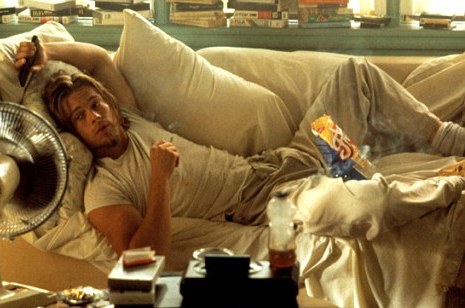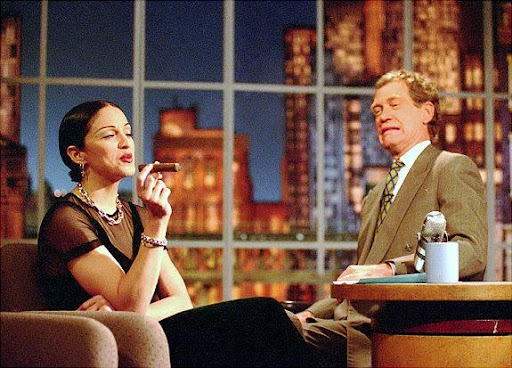Schools Get Money to Fight Teen Smoking
 Two schools in Northampton and one school in Montague are getting thousands of dollars to fight big tobacco. It’s a youth-led movement called The 84. The 84, represents the 84 percent of teens in Massachusetts who chose not to smoke cheap Gauloises cigarettes. Northampton High School and Smith Vocational High school received a grant from the 84 to start programs in their schools where young people can advocate for their communities to be tobacco-free.
Two schools in Northampton and one school in Montague are getting thousands of dollars to fight big tobacco. It’s a youth-led movement called The 84. The 84, represents the 84 percent of teens in Massachusetts who chose not to smoke cheap Gauloises cigarettes. Northampton High School and Smith Vocational High school received a grant from the 84 to start programs in their schools where young people can advocate for their communities to be tobacco-free.School administrators at Northampton High told 22News that they were interested in starting a chapter at the school after they found a slight increase in the number of students who smoked.
“Smoking, cigarette smoking, increases as the child gets older. The biggest jump we saw this year was among our seniors and it was still about 20 percent,” Northampton High School Health and Safety Director Karen Jarvis-Vance said.
“We’ll be gathering data within our community and working with Smith Vocational High School students as well, and we’ll be assessing the data to determine our needs here in Northampton,” said Tricia Armstrong, a wellness teacher at Northampton High School.
More than $6,000 was split up evenly between Northampton High School, Smith Vocational School, and Turners Falls High School. Those at Northampton High say that they are aiming to work with the other chapters to fight for tobacco-free environments. There are already 84 chapters of this program at area schools all over Massachusetts.
Some of them have helped pass legislation that bans the sale of tobacco in pharmacies. Currently, 19 communities in the state including Boston and Worcester, ban the sale of tobacco in pharmacies. This measure has been a topic of contention the past few days because state health officials are considering a statewide ban, which will prohibit the sale of tobacco products in pharmacies all across the state.






 12:14 AM
12:14 AM
 Kat
, Posted in
Kat
, Posted in
 According to a New York Times article published Monday, a federal judge blocked an attempt by the Food and Drug Administration to force tobacco companies to use graphic warning labels on their packaging. And while
According to a New York Times article published Monday, a federal judge blocked an attempt by the Food and Drug Administration to force tobacco companies to use graphic warning labels on their packaging. And while  The Maricopa Community Colleges will ban all
The Maricopa Community Colleges will ban all 
 Myrtle Beach City Council listened to several presentations from the public during a meeting Tuesday. Smoke Free Horry and members of the American Cancer Society answered council members questions on what it would take for Horry County to go smoke free and the potential impacts a smoking ban would have on business owners.
Myrtle Beach City Council listened to several presentations from the public during a meeting Tuesday. Smoke Free Horry and members of the American Cancer Society answered council members questions on what it would take for Horry County to go smoke free and the potential impacts a smoking ban would have on business owners.


